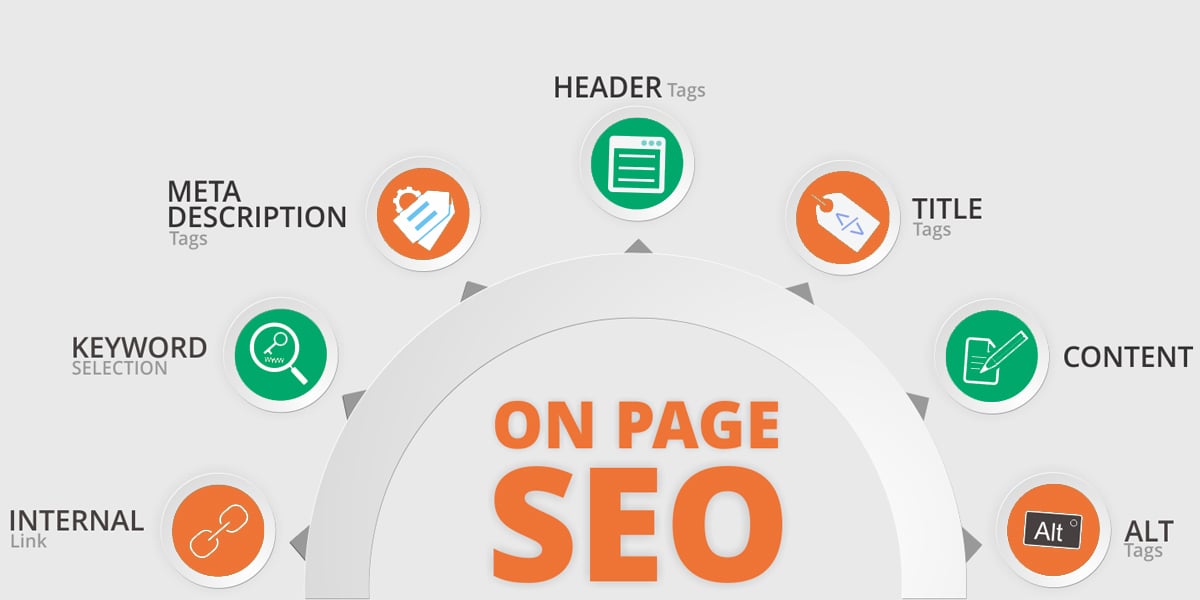Search engine optimization (SEO) is a crucial aspect of any digital marketing strategy. One of the key components of SEO is on-page optimization. On-page optimization refers to the factors that affect a website’s ranking in search engine results pages (SERPs) that are directly related to the content and structure of the website itself. In this article, we will discuss in detail the on-page ranking factors for SEO.
- Content
The content on a website is the most important on-page factor for SEO. The content must be unique, high-quality, and relevant to the website’s topic. The content should also be optimized with relevant keywords that users are searching for. The keyword density should be between 1% and 3%, and the content should be easy to read and engaging for the user.
- Title Tag
The title tag is an HTML element that specifies the title of a web page. The title tag is displayed in the SERPs as the clickable headline for a particular page. The title tag should be descriptive, accurate, and include relevant keywords. The ideal length of a title tag is between 50 and 60 characters.
- Meta Description
The meta description is a brief summary of the content of a web page. The meta description appears below the title tag in the SERPs. It should be well-written, engaging, and include relevant keywords. The ideal length of a meta description is between 150 and 160 characters.
- Headings
Headings are HTML elements that are used to organize content on a web page. Headings are important for both SEO and user experience. Headings should be descriptive and include relevant keywords. The H1 tag should be used for the main heading of a page, and subheadings should be organized using H2, H3, and so on.
- URL Structure
The URL structure of a web page is important for both SEO and user experience. URLs should be descriptive, concise, and include relevant keywords. URLs should also be easy to read and remember for the user. The ideal length of a URL is between 50 and 60 characters.
- Images
Images are important for both SEO and user experience. Images should be optimized with relevant alt tags that describe the content of the image. Images should also be compressed to reduce the loading time of the web page.
- Internal Linking
Internal linking is the practice of linking to other pages within the same website. Internal linking is important for both SEO and user experience. Internal links should be descriptive and include relevant anchor text. Internal linking also helps to distribute link equity throughout the website.
- Mobile Optimization
Mobile optimization is the process of optimizing a website for mobile devices. Mobile optimization is important for both SEO and user experience. A mobile-friendly website should have a responsive design that adapts to different screen sizes. The website should also have fast loading times and be easy to navigate on a mobile device.
In conclusion, on-page optimization is a crucial component of SEO. On-page ranking factors include content, title tag, meta description, headings, URL structure, images, internal linking, and mobile optimization. By optimizing these factors, you can improve the visibility and ranking of your website in the SERPs.





